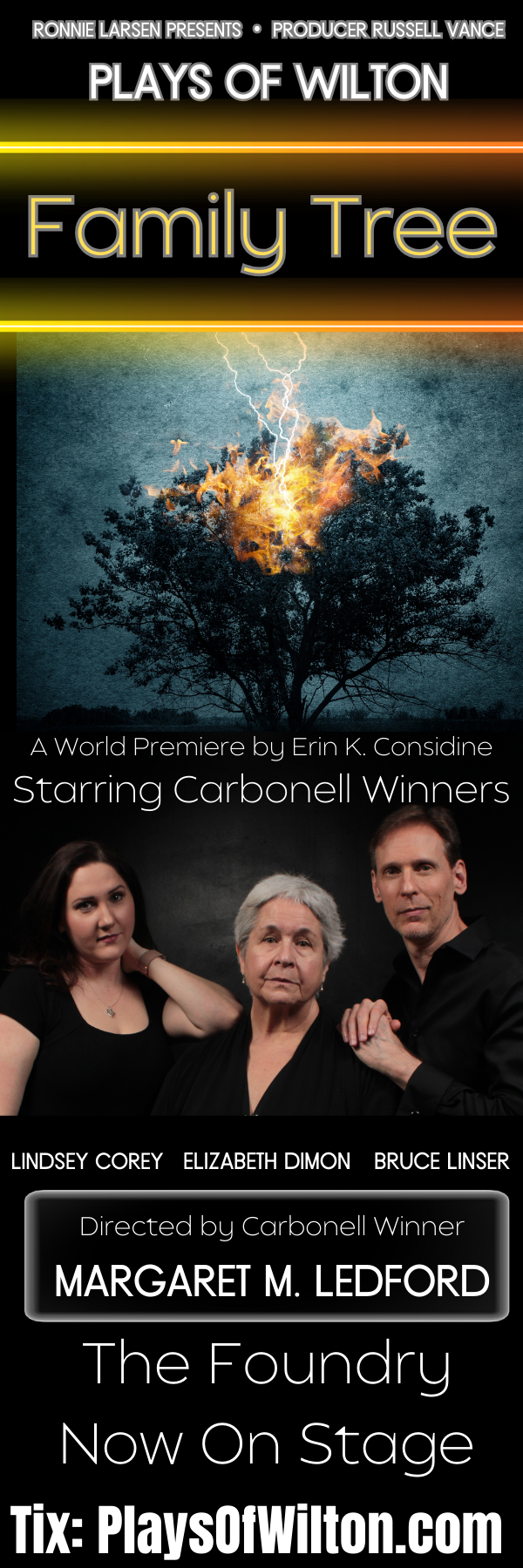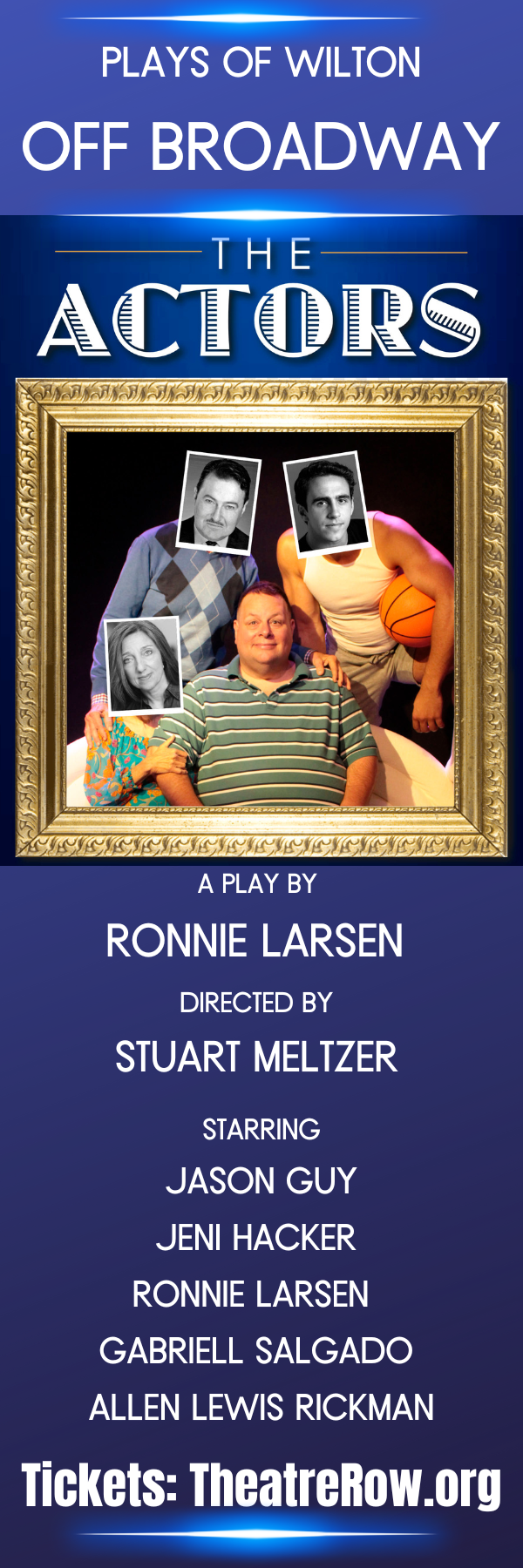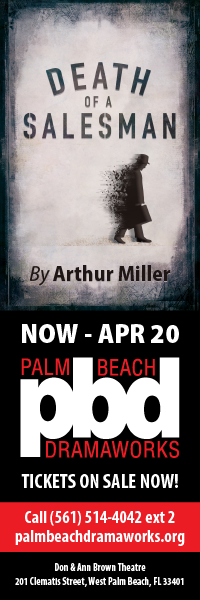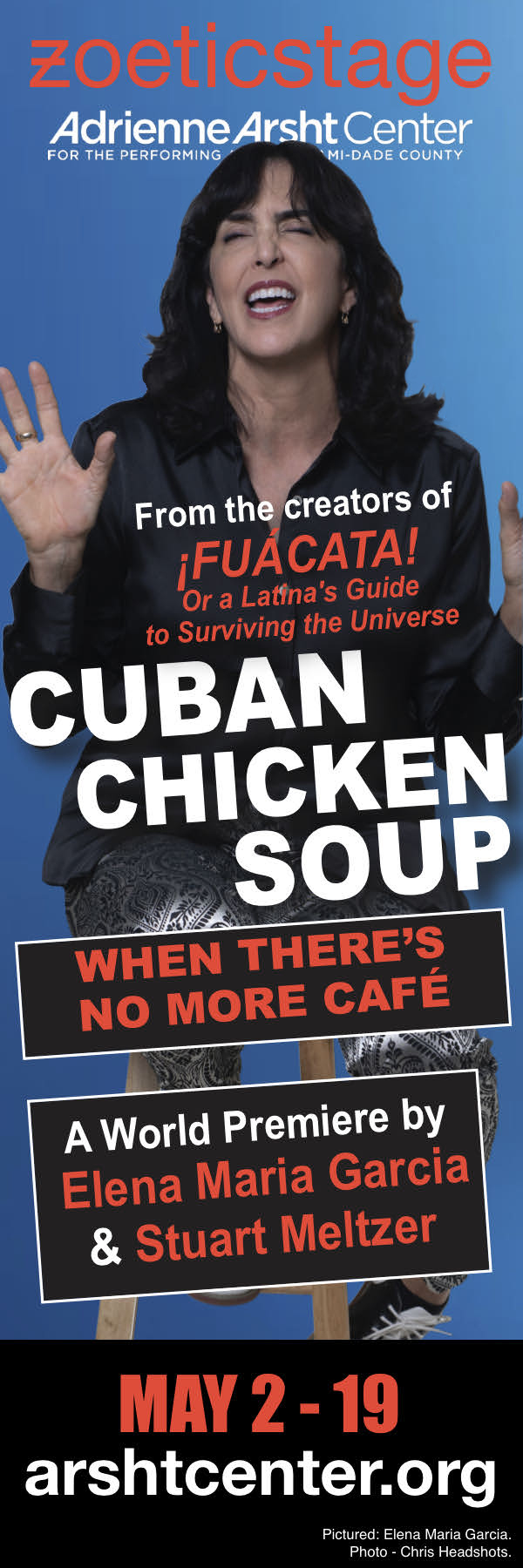We’re still in the height of the theatrical season with at least ten professional productions opening during these two weeks. To find reviews of all the current productions, click on the “Reviews” tab in white letters in the teal bar in the upper left-hand corner.
By Bill Hirschman
Many adjectives are often appropriately used in reviews, but with so many shows opening in South Florida in a single season, they can get a tad worn out.
Shows like Actors’ Playhouse’s triumphant Ragtime make you wish you hadn’t used those superlatives earlier because they so perfectly capture the experience, words like “thrilling” and “glorious.”
Actors’ Playhouse has gifted us with fine shows since its high water mark 12 years ago with the transcendent Floyd Collins. This season’s opener, the noirish rock opera Murder Ballad, was another benchmark in the evolution of South Florida as the most unsung regional theater hub in the nation.
But as far as large-scale Broadway musicals, Ragtime stands as Actors’ finest mainstream work ever, as accessible and satisfying as it is passionate and thoughtful. Anyone who cares about musical theater, or theater in general, should make a special effort to see this production.
And production is the word: Actors’ Playhouse’s producer Barbara Stein, Artistic Director David Arisco and every department down to the back office have pulled out every stop to create an epic experience with 40 actors including a brace of inarguably superb leads and fine supporting actors, nearly 300 costumes, a nine-piece orchestra, and a massive enveloping set.
But this success is not meeting simply the considerable challenge of the show’s scope, although it does. It’s not simply gathering people with nascent or innate talent, which they have. It’s the execution through honed skill, then polished to a smooth flowing presentation.
But two terrible shortcomings undercut every few moments Saturday night, problems the audience had to struggle to overlook to savor the show. The first is auditorium’s fabled deficiencies in its sound system which the theater has labored hard and spent thousands of dollars trying to fix over the past 20 years. It seemed as if much of the problem had been conquered in recent seasons, but apparently not, judging from the feedback and Rice Krispies sounds coming from the speakers.
The second seemed like human error although maybe it’s a technical glitch. The sound cues and lighting cues were persistently two or three seconds late, even longer. People’s microphones came on and their key lights illuminated long after they had started speaking or singing.
The 1996 musical is based on E.L. Doctorow’s 1975 novel, an episodic and swirling epic about how our great-great grandparents called on spirit, courage and resourcefulness to overcome the destroyed fiction of the American Dream and build a stronger country from its ashes.
Doctorow and Tony-winning bookwriter Terrence McNally inventively wove real turn-of-the-century historical figures like Harry Houdini and J.P. Morgan with fictional protagonists from three disparate isolated groups: upper middle-class white suburbanites, European immigrants and African-Americans in Harlem. In the book, the musical and in Actors’ production, the three groups are involuntarily tossed into the melting pot of America with both tragic and uplifting outcomes, producing a heroic if flawed alloy. The complex tapestry is narrated by the characters as occurred in Nicholas Nickleby.
The script is a miracle of elision but the triumph in the raw material is the music by Stephen Flaherty and lyrics by Lynn Ahrens, originally sung in career-making performances by Audra McDonald, Brian Stokes Mitchell and Marin Mazzie.
Before even recounting the plot, praise is due director Arisco and musical director David Nagy. Arisco is such a skilled, almost invisibly smooth stager of musicals that it is easy to forget how virtually everything you see and hear is in large part because of his vision and his ability to bring his vision to corporeal life.
Similarly, the gorgeous vocal performances and orchestral accompaniment of visceral power have been forged by Nagy’s knowhow. When the sound system is working, the cast sings en masse with near perfect enunciation even though the 35 people on stage at one time deliver a tsunami of powerful sound.
The plot weaves three story threads that are difficult to recount without oversimplifying. But we’ll try to set it up: In one corner is the family of a successful suburban owner of a fireworks company, Father (Mark Sanders), the epitome of the self-satisfied establishment. Mother (Melissa Minyard) is a classic subsumed housewife who is chafing at society and her husband’s calcified chauvinism. When Father frivolously leaves on an expedition to the North Pole with Admiral Peary, Mother is forced to become more self-sufficient and find her own worth even as she cares for her small son Edgar (played alternately by Julian Gorelick and Max Leifman). This transformation is watched by Mother’s Younger Brother (Dominique Scott) a dissatisfied and unfulfilled young man with a talent for the explosives side of the business.
As Father is sailing out, coming into Ellis Island are a flock of immigrants. Among them is Tateh (Tally Sessions) and his young daughter (Julia Dale or Athena Pacanins), Jews on perpetual guard after fleeing nightmarish violence in Latvia, but for whom the dream of streets paved with gold have energized their resolve to find a better life.
Finally, up in a Harlem club, we find stride pianist Coalhouse Walker Jr., (Don Juan Seward II), a proud boisterous hedonist whose demeanor changes when he learns that a former lover Sarah (Sarah Nicole Batts) has given birth to a son, forcing him to realize that Sarah is, indeed, the love of his life.
Providing a background are the original celebrity-due-to-her-celebrity showgirl Evelyn Nesbit (Stephanie White), the immigrant-turned-escape artist Harry Houdini (Joshua Dobarganes), one percenter robber baron J.P. Morgan (Ken Clement), civil rights reformer Booker T. Washington (Reggie Whitehead), innovative industrialist Henry Ford (Gabriel Zenone), and above all, revolutionary Emma Goldman (Irene Adjan) who inspires Mother’s Younger Brother to reject his class and find meaning in social reform. They are not window dressing, but integrated and integral parts of the story, most with their own songs.
Each set of protagonists are members of groups initially circling each other suspiciously, then thrown together by proximity and circumstance. Racism, xenophobia and anti-Semitism are enabling elements shot through a rigid class system that will begin to crumble over the course of the play as these groups collide.
Poverty, death and other tragedies will erode the unrealistic dreams of all three groups, but the glory of the story is to watch how they regroup and rebuild a new transmogrified society through virtues that have become ingrained in the American sense of ourselves. No matter who you are, it is our collective story, a source of shame and pride. And the modern day resonances of challenges still unmet are deafening.
This is backing into the production’s leading virtue: a cast that is uniformly superb, especially the six leads, each one of them singing actors with clarion expressive voices that wring every emotion and intellectual idea out of the score. Each has eyes that gleam as they sing songs as they see the promise of what America could be.
Seward, fresh off Broward Stage Door’s Five Guys Named Moe, has a rich sonorous voice capable of unbounded pride and hope as in “On The Wheels Of a Dream” or of volcanic sorrow in “Coalhouse’s Soliloquy.” He makes perfectly credible Coalhouse’s evolution from a heedless rake to a profoundly loving partner to an enraged activist capable of undirected violence.
Minyard, who was an outstanding Fantine is Actors’ Les Misérables, has a priceless lovely soprano to chart Mother’s uneasy self-actualized transformation to a person who knows her own worth, culminating in “Back to Before.”
Sessions, who starred in Floyd Collins, is breathtaking in the verve and vitality he brings to the immigrant fiercely protective of his daughter. Sessions’ Tateh is a true artist who begins cutting out delicate silhouettes yet who pragmatically becomes a wildly successful entrepreneur as a pioneer director of silent films for the masses.
Sanders, late of Murder Ballad, inhabits someone who is watching his cherished privileged life disintegrate in such numbers as “New Music.” Batts breaks hearts any time she sings of her love for her fatherless child and her beloved Coalhouse.
Scott is a Miamian unrecognizable from the debauched Stacee Jaxx in the national tour of Rock of Ages. With the unbridled ardor of the committed, Scott delivers the kind of youthful passion that makes credible Younger Brother’s evolution into someone willing to blow up buildings.
While she is not a lead, Adjan’s portrayal of the fiery Goldman is an indelible and stirring force of nature whose righteous outrage powers much of the show.
The cast of 35 performers on stage at one time along with alternates for the children’s roles seems to include anyone not working in La Cage aux Folles at the Wick, Bonnie & Clyde at Slow Burn Theatre Company or Into The Woods at the Arsht. It’s like the South Florida Actors Full Employment Program. The ensemble members, who play multiple roles, contain several Carbonell winners and nominees. The troupe includes George Schiavone as Grandfather, Diana D’ambrosio, Nick Duckart, Fredena J. Williams (who delivers rousing solos in the first act finale “Til We Reach That Day”), Lauren Bell, Hannah Benitez, Dexter Carr, Anne Chamberlain, Marcus Davis, Mark Della Ventura, Cindy Pearce, Sean Dorazio, Justen Fox-Hall, Deidra Grace, Noel Harris Jr., Walter Kemp-Edwards, Nicole Kinzel, Michael Leyte-Vidal, Maha McCain, Elizabeth Sackett, Kaylin Seckel, Asher Makeba Timmons, pinch-hitting Henry Gainza, Johnathan Shepherd, Brian Varela, Ray Yanez, Caleb Chiang, Eli Burris and Zoe Burris. The band included Karen Nagy, Martha Spangler, Warren Hanrahan, Chas Reskin, Seth Innes, Andrea Gilbert, Gary Gottfried and Jill Sheer.
It has been a hell of a successful couple of years for choreographer Ron Hutchins but he may have outdone himself with this work that is so fresh and inventive even in recreating period dance styles, notably the exuberant “Getting’ Ready Rag.”
Tim Bennett, once the scenic design mainstay at the Caldwell Theatre Company, has created a set that fills every inch of the Playhouse’s proscenium stage. Faux marble walls signifying solidity are crowned with industrial girders connected by a lattice of ironwork to communicate the overarching arrival of the industrialized urban age. This is augmented by skeletonized frameworks brought in on a turntable for a car or a train or an Atlantic City boardwalk. As he did at the Caldwell, Bennett’s design change moods and scenes with the use of projections, in this case, silhouettes echoing Tateh’s handiwork. All of it is evocatively lit by Patrick Tennent who can indicates a multitude of locations, made to seem everything from bucolic to threatening.
The region’s pre-eminent costume designer Ellis Tillman with help from Deborah Sherman supervised the selection, construction and alteration of nearly 300 costumes, much of which was taken from the bottomless warehouse of Costume World in Deerfield Beach.
This trot-out-the-superlatives production is a sharp rebuke to anyone who thinks South Florida needs to take a back seat to anyone anywhere in the country when it comes to regional theater.
Ragtime plays through Feb. 22 at the Actors’ Playhouse at the Miracle Theatre, 280 Miracle Mile, Coral Gables. Performances 8 p.m. Wednesday-Saturday, 3 p.m. Sunday. Special performance 2 p.m. Wednesday, Feb. 4. Running time 2 hours 45 minutes including one intermission. Tickets $52-$59 depending on day and time. The theater offers a 10 percent senior discount rate the day of performance and $15 student rush tickets 15 minutes prior to curtain with identification. Visit actorsplayhouse.org or call (305) 441-4181.








 A PaperStreet Web Design
A PaperStreet Web Design
